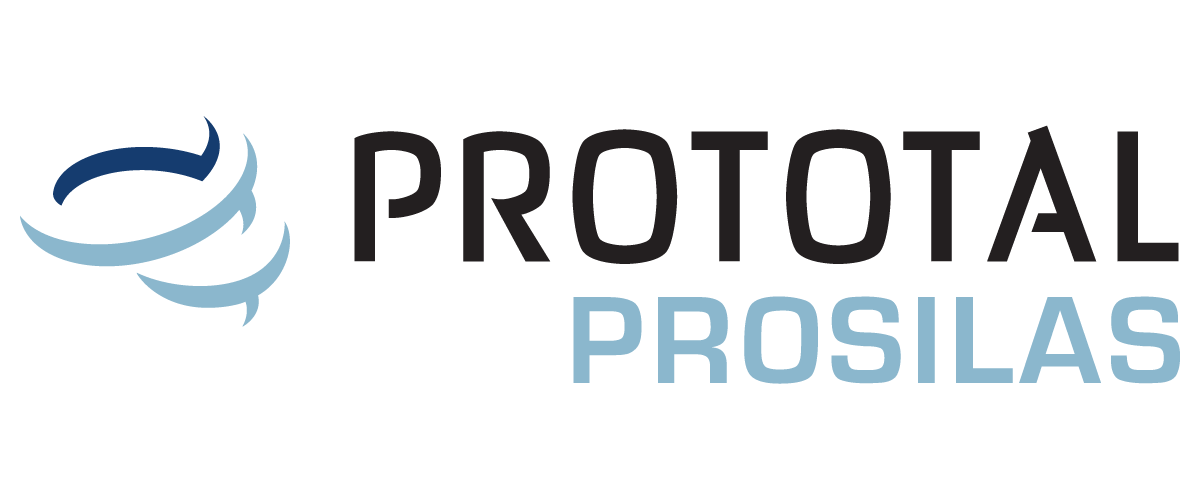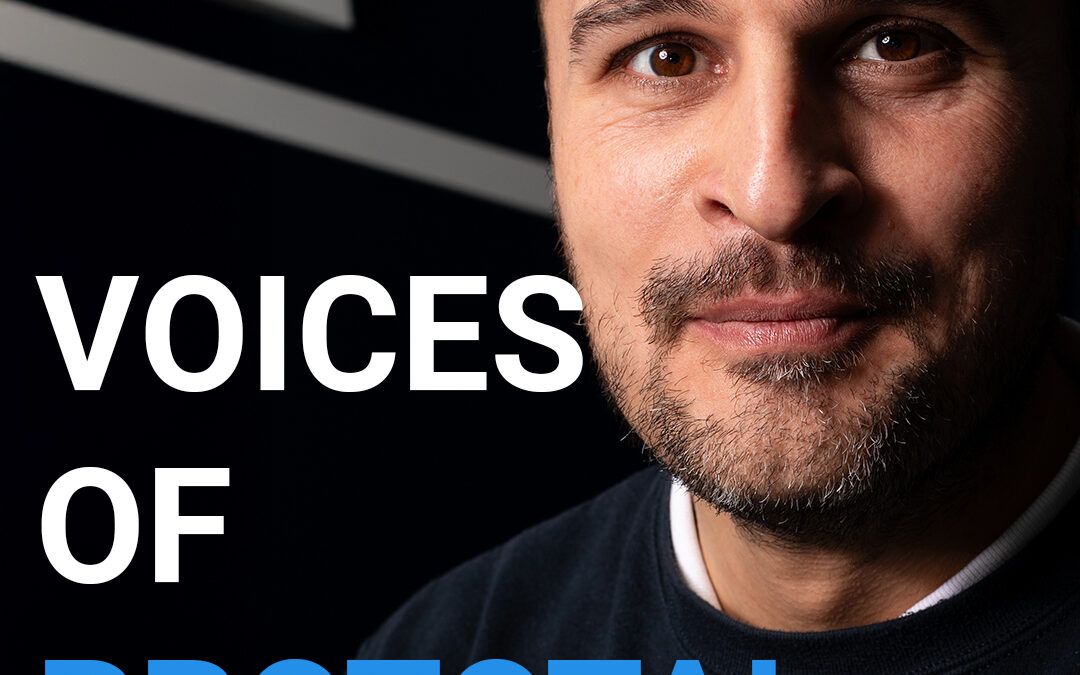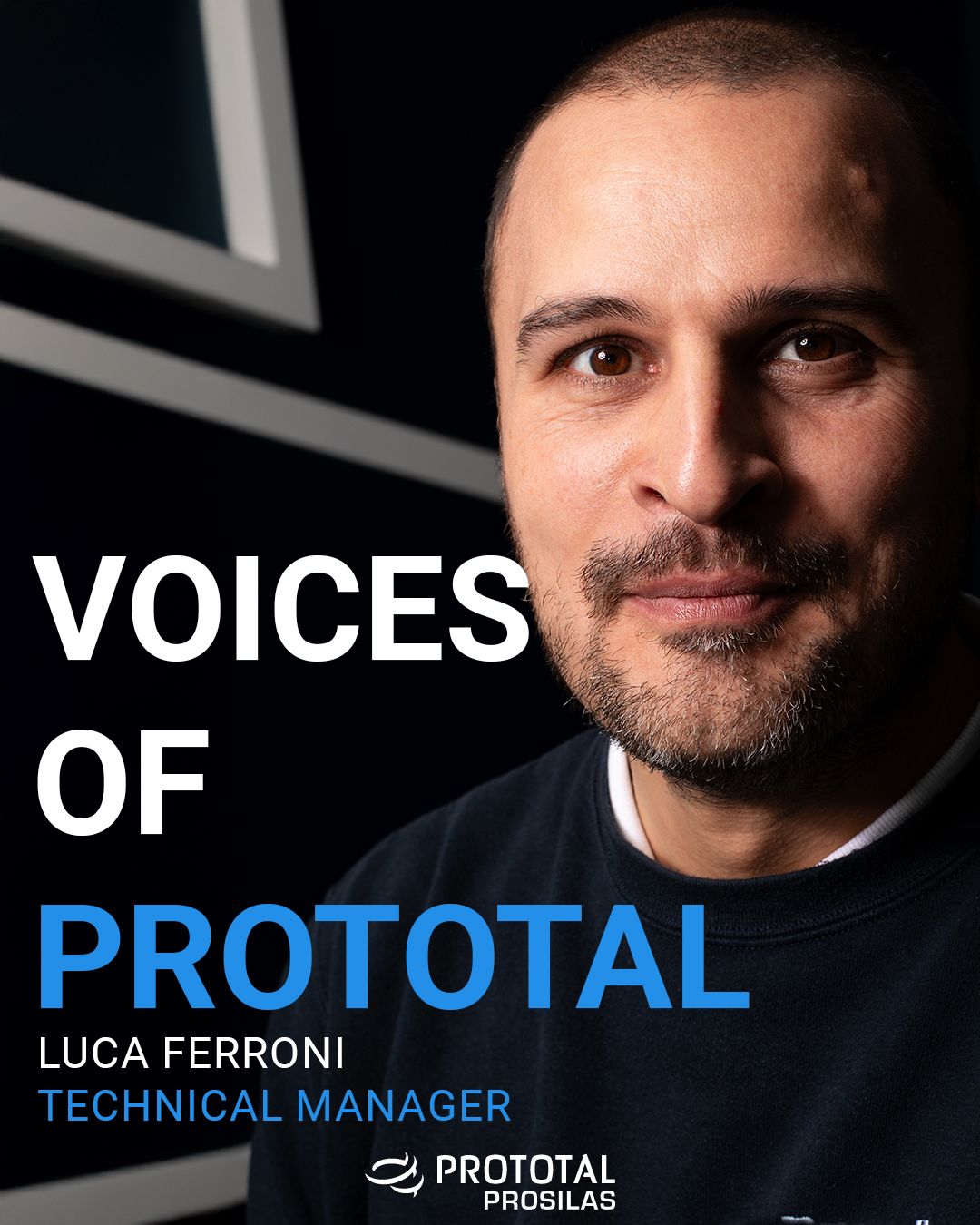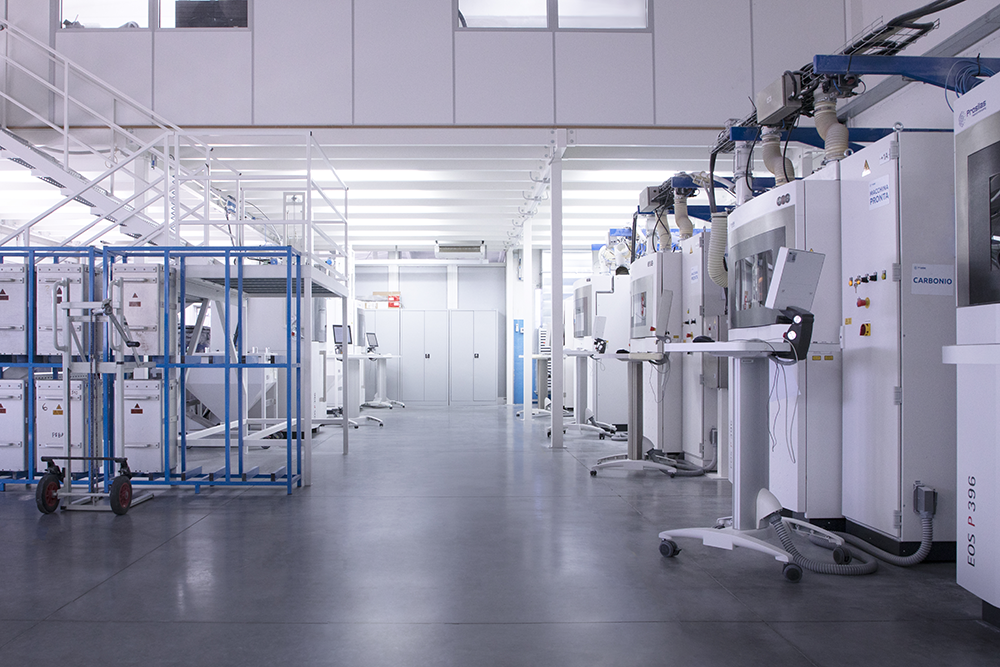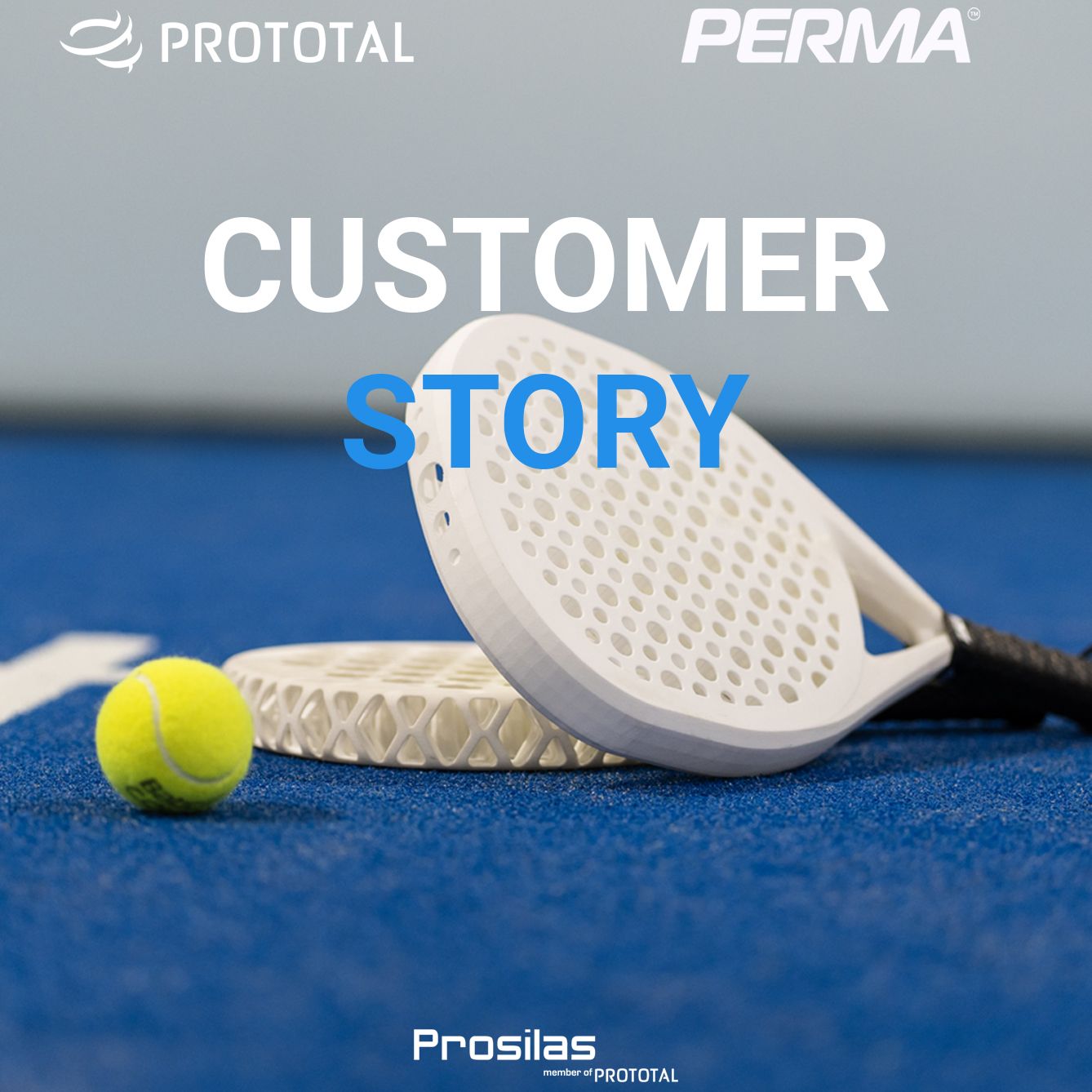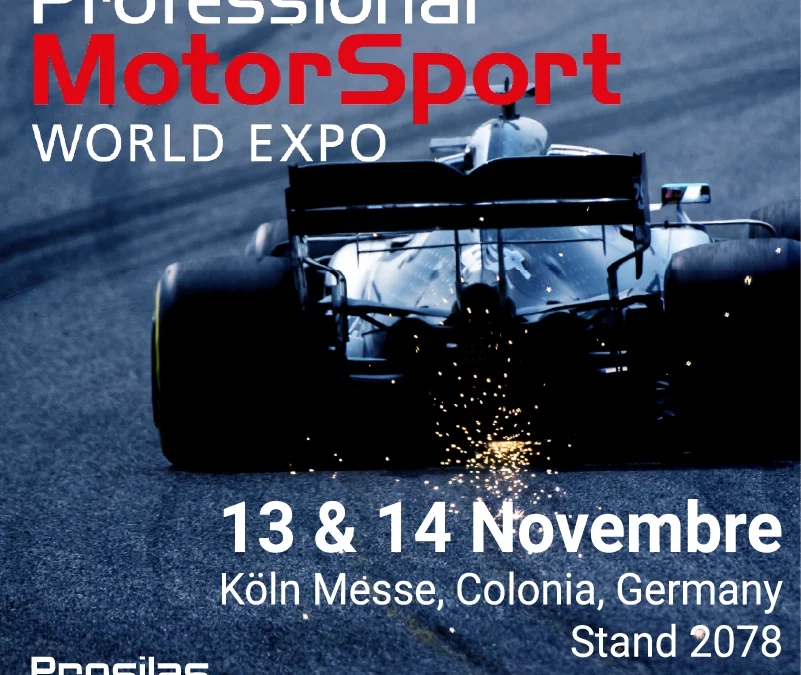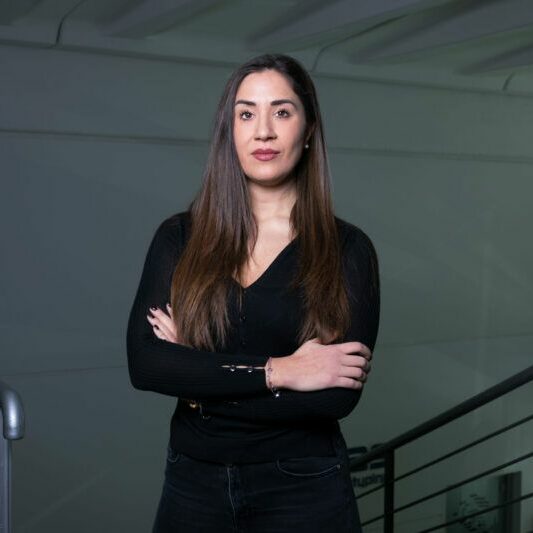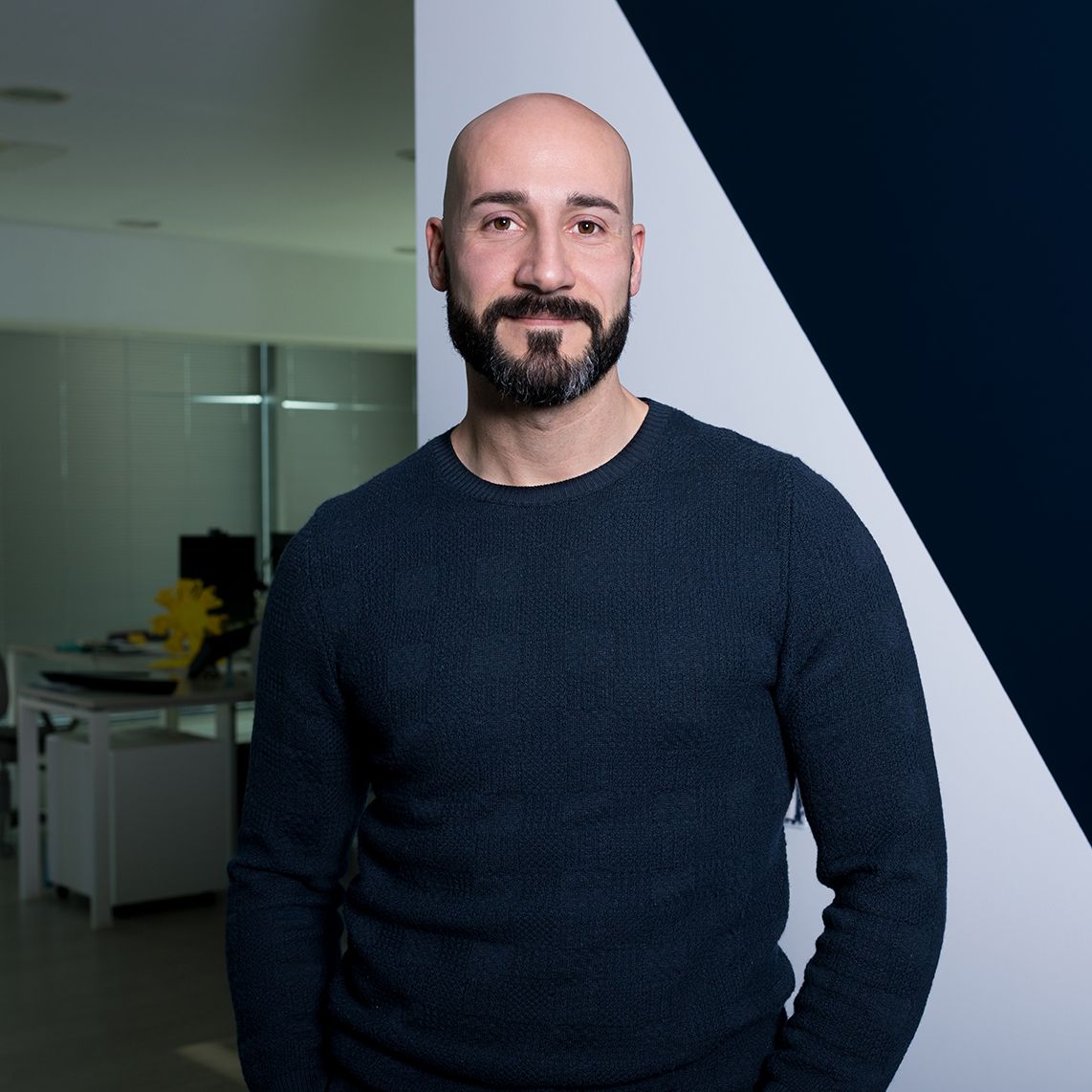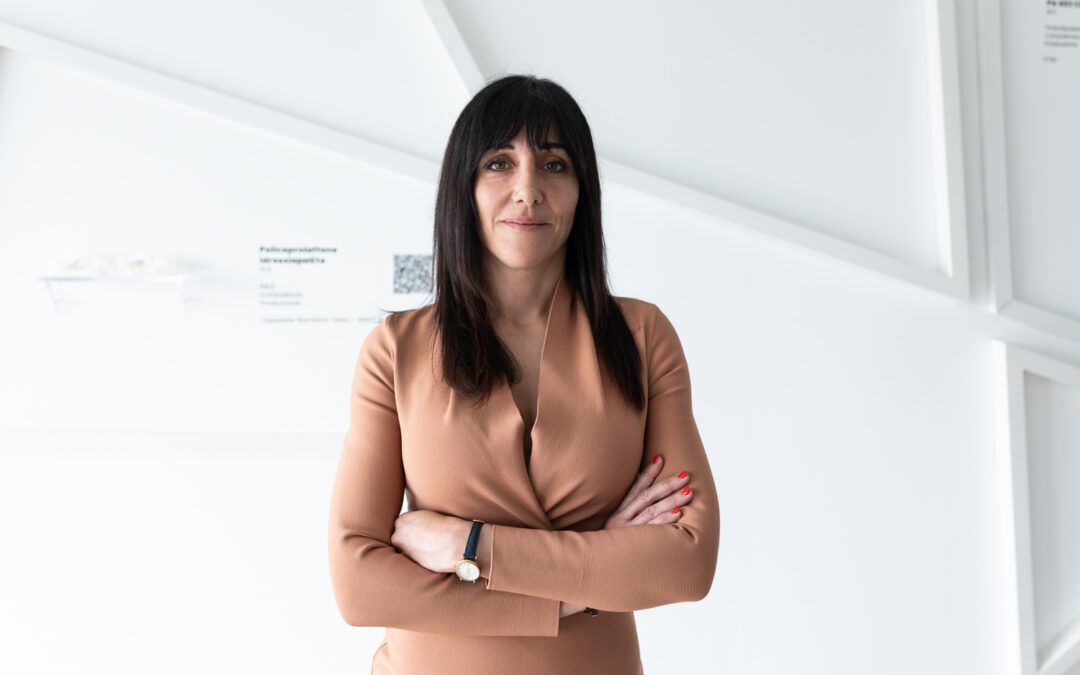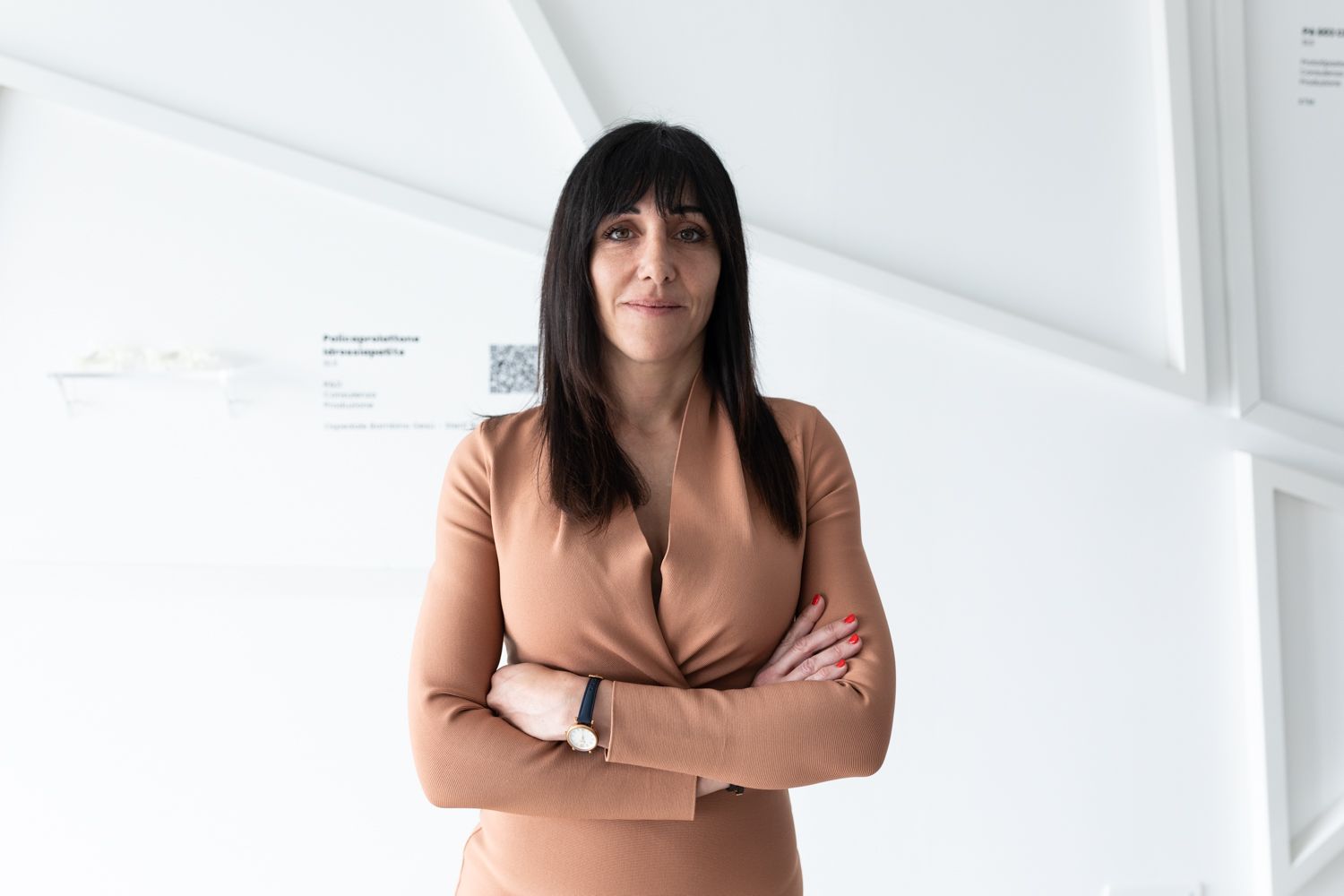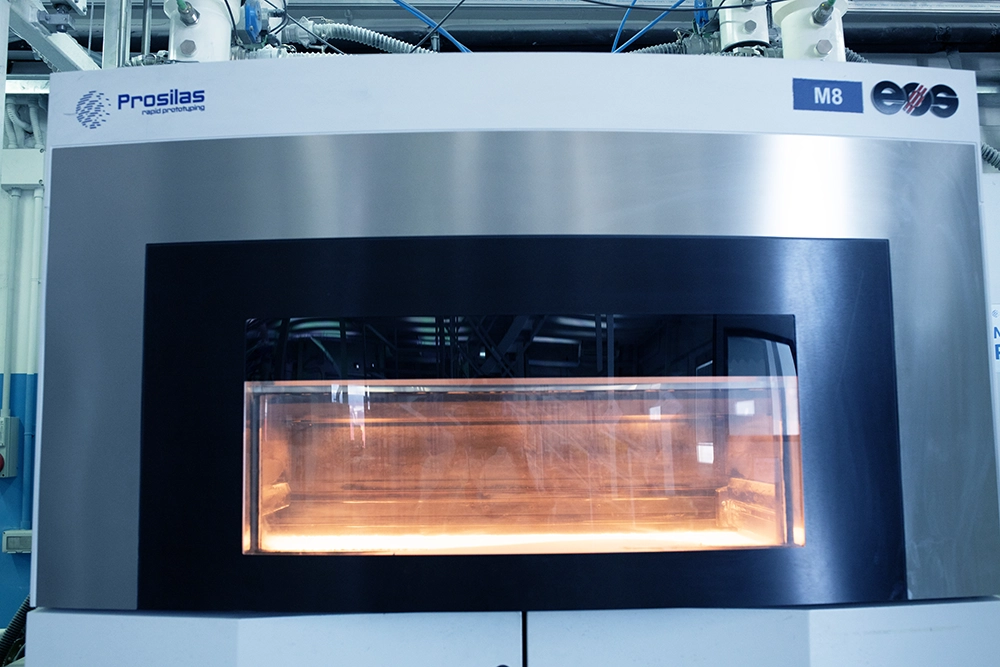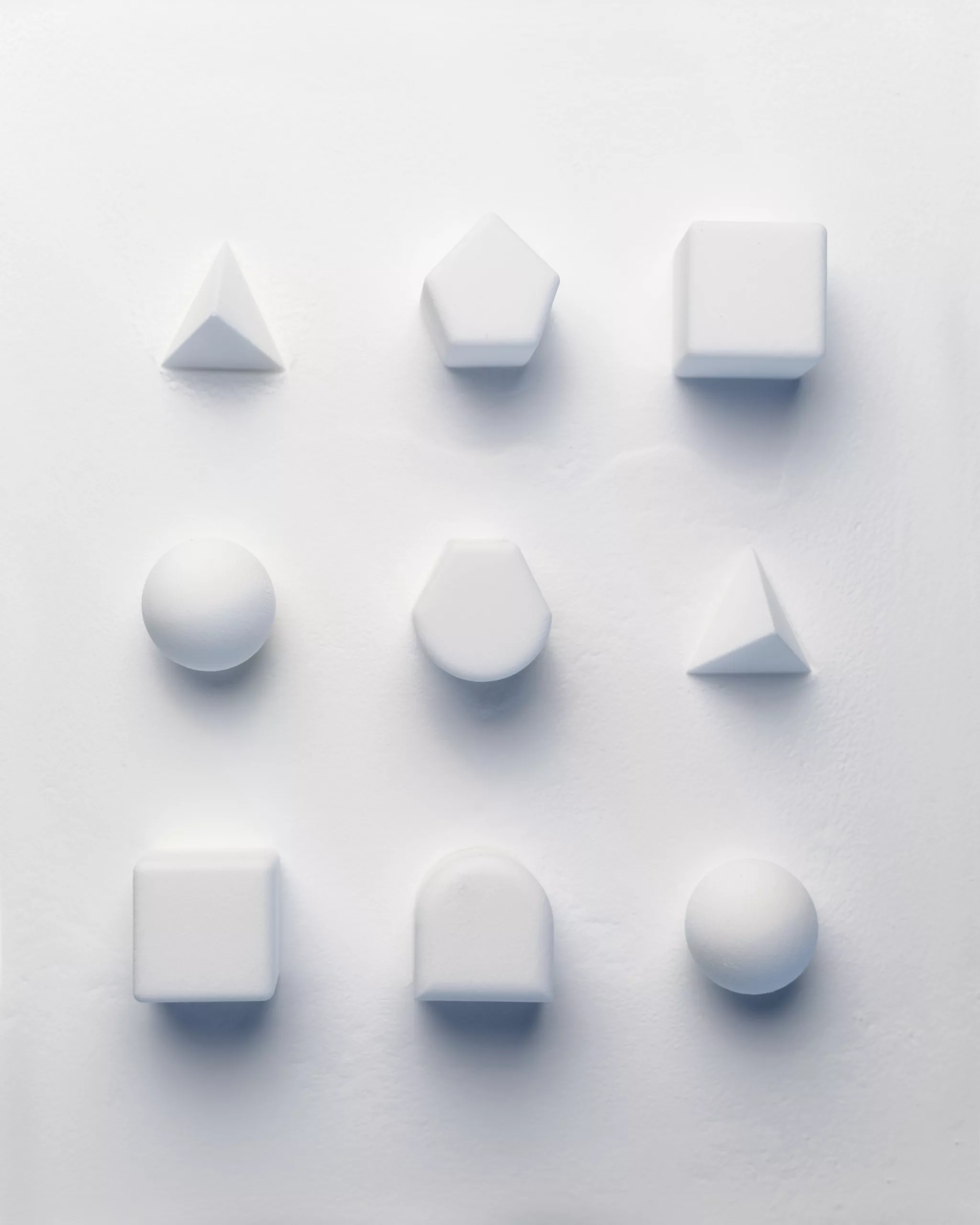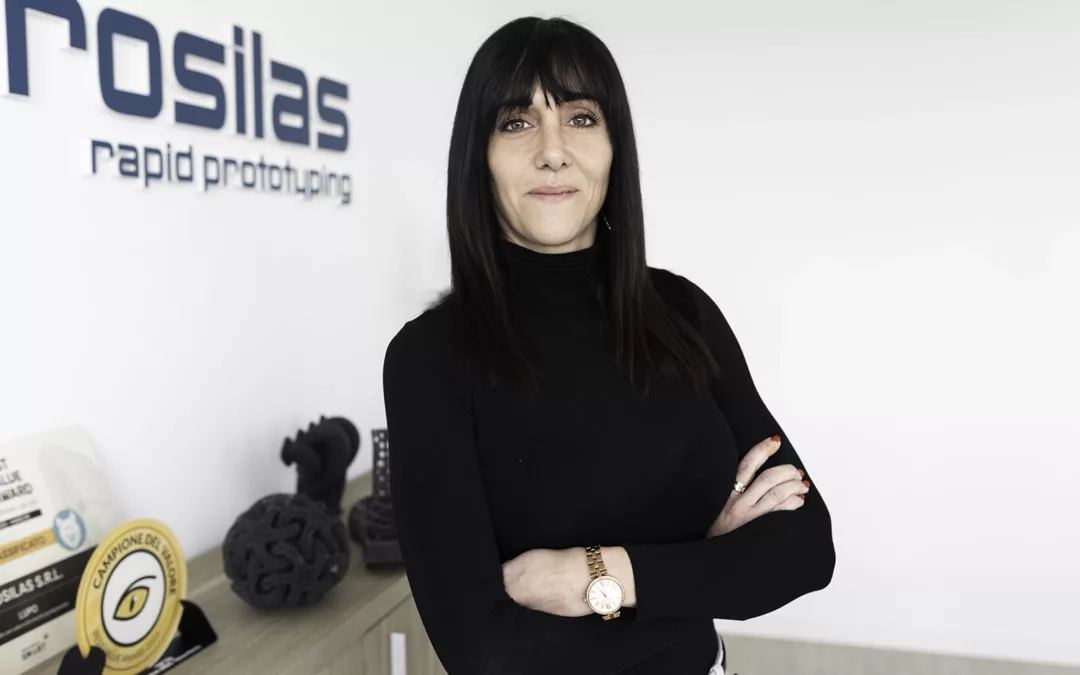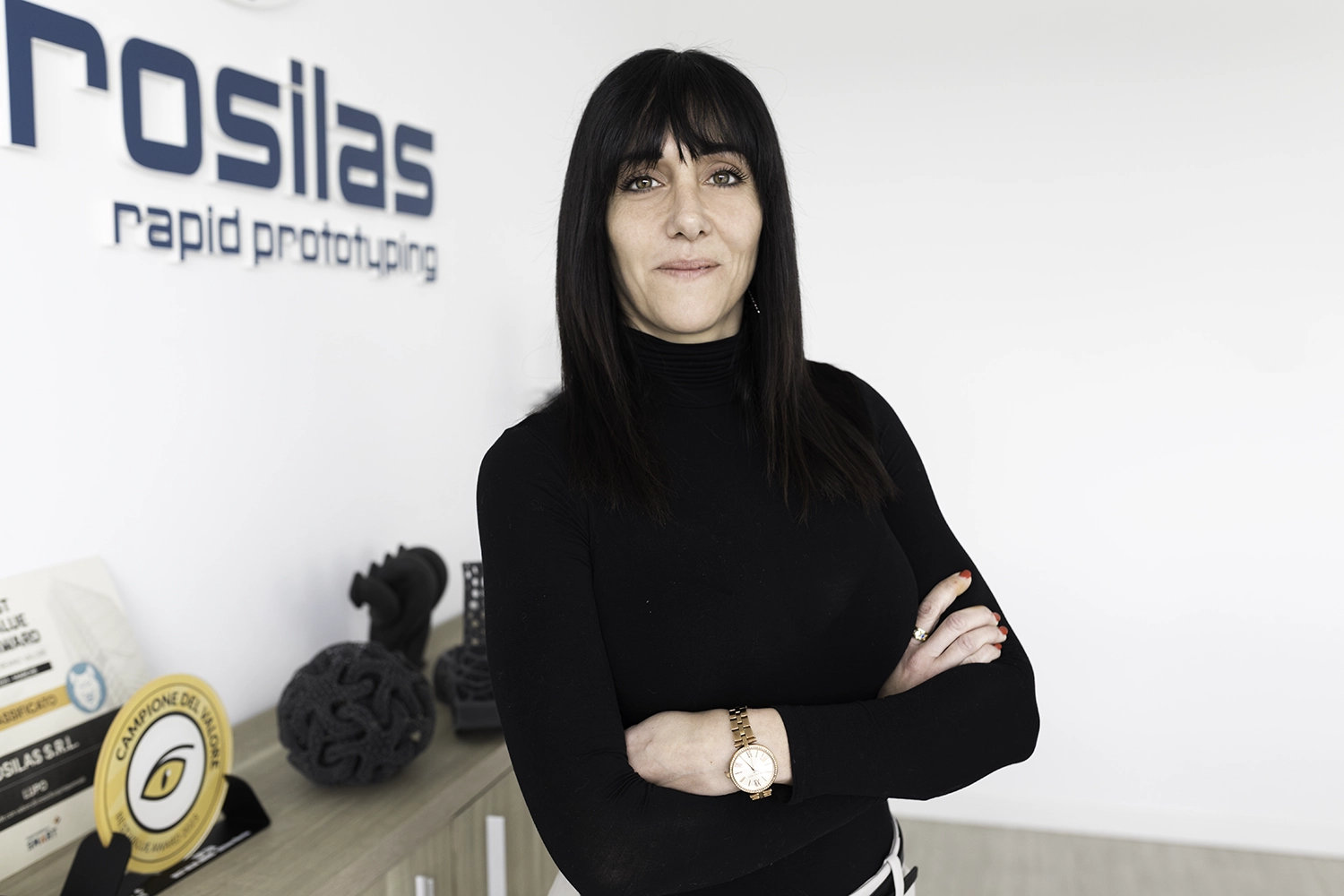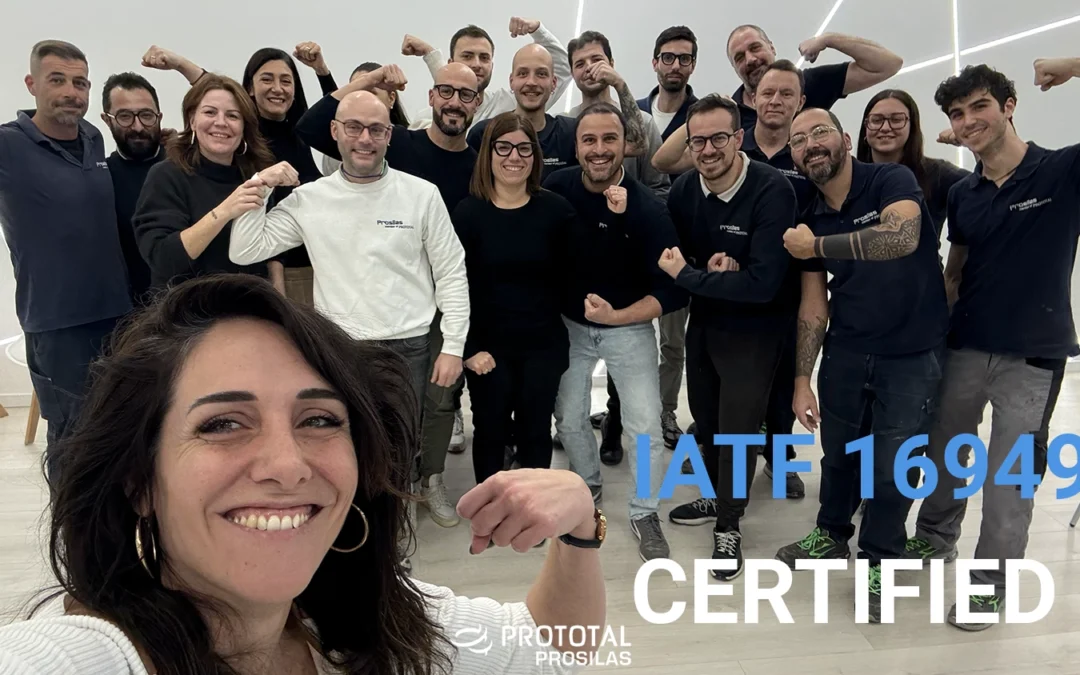
Prototal Prosilas obtains IATF 16949 certification!
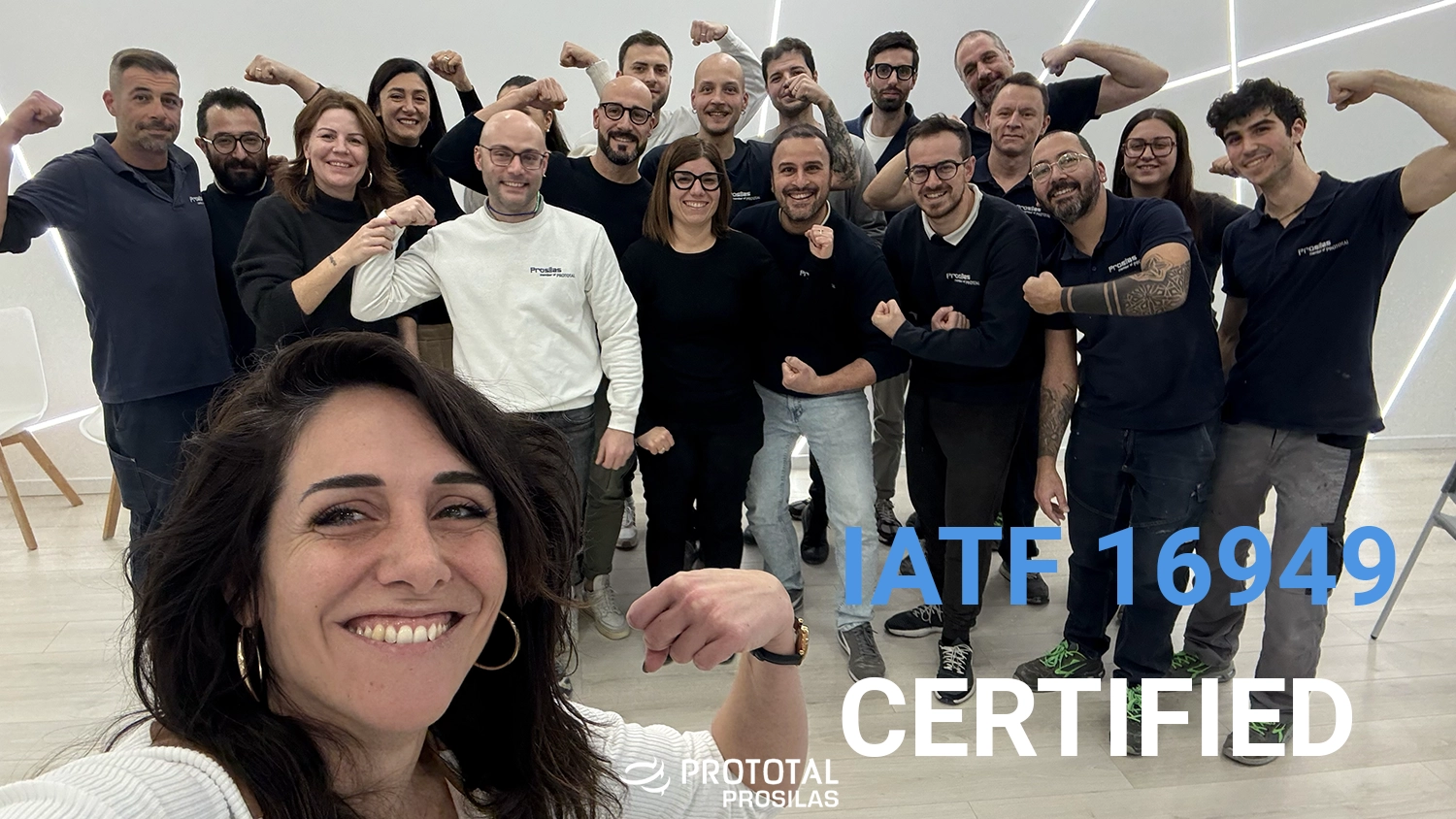
Prototal Prosilas achieves IATF 16949 certification
A new milestone in additive manufacturing
We are proud to announce that Prototal Prosilas has obtained the prestigious IATF 16949 certification, a milestone that confirms our commitment to excellence and quality in manufacturing, particularly in the automotive industry.
We are also proud to be the only company in Italy to achieve this recognition, underscoring our leadership and dedication to innovation.

What is the IATF 16949 Certification?
The IATF 16949 certification is an internationally recognized quality management standard specifically developed for the automotive sector. It builds upon ISO 9001 while adding specific requirements tailored to the needs of automotive manufacturers and their supply chains.
Key Features of IATF 16949:
- Customer-Specific Requirements (CSRs): Ensures alignment with individual customer needs by emphasizing specific criteria beyond the standard’s baseline.
- Process Orientation: Promotes managing interrelated processes as a cohesive system to improve efficiency and effectiveness.
- Risk-Based Thinking: Proactively identifies risks and opportunities, implementing measures to prevent defects and minimize waste.
- Continuous Improvement: Focuses on systematic enhancements through the PDCA (Plan-Do-Check-Act) cycle, reducing variability and improving outcomes.
- Product Safety: Ensures stringent controls throughout the design, production, and delivery phases to guarantee product safety.
These principles aim to enhance quality, reliability, and efficiency across the automotive supply chain, driving customer satisfaction and competitive advantage.
Why is it important for Prosilas?
As one of the largest additive manufacturing centers in Europe, our goal is to deliver innovative and high-quality solutions. The IATF 16949 certification:
- Strengthens our role as a reliable partner for automotive manufacturers, ensuring that our processes meet the highest quality standards.
- Opens new collaboration opportunities with customers and suppliers in the automotive sector worldwide.
- Demonstrates our commitment to innovation and sustainability, which are core values for Prosilas.
How we achieved this milestone
The journey to obtaining the IATF 16949 certification required teamwork, professionalism, and a strong dedication from our entire team. It began with a thorough analysis and optimization of internal processes to ensure that every production phase met the required standards. Continuous training was provided to staff, ensuring they possessed up-to-date technical skills focused on quality. Finally, a comprehensive quality management system was implemented, fostering traceability and transparency throughout the production cycle by documenting, monitoring, and optimizing every step for maximum efficiency and quality assurance.
Benefits for our customers
For our customers, the IATF 16949 certification is an additional guarantee of our commitment to excellence.
Partnering with a certified company means relying on:
- High-quality products, manufactured according to rigorous standards.
- Increased reliability and traceability in production processes.
- Reduced delivery times, thanks to optimized processes and efficient supply chain management.
- Innovative and sustainable solutions, at the forefront of additive manufacturing.
Looking to the future
This significant achievement is just the beginning of a journey that will see us playing an increasingly prominent role in the automotive sector and beyond. The IATF 16949 certification drives us to continue innovating, improving, and delivering solutions that not only meet but exceed our customers’ expectations.
A step forward toward excellence in additive manufacturing.
Thank you to everyone who made this success possible: our team, our partners, and our customers, who inspire us every day to reach new levels of quality and innovation.
For any information info@prosilas.com
